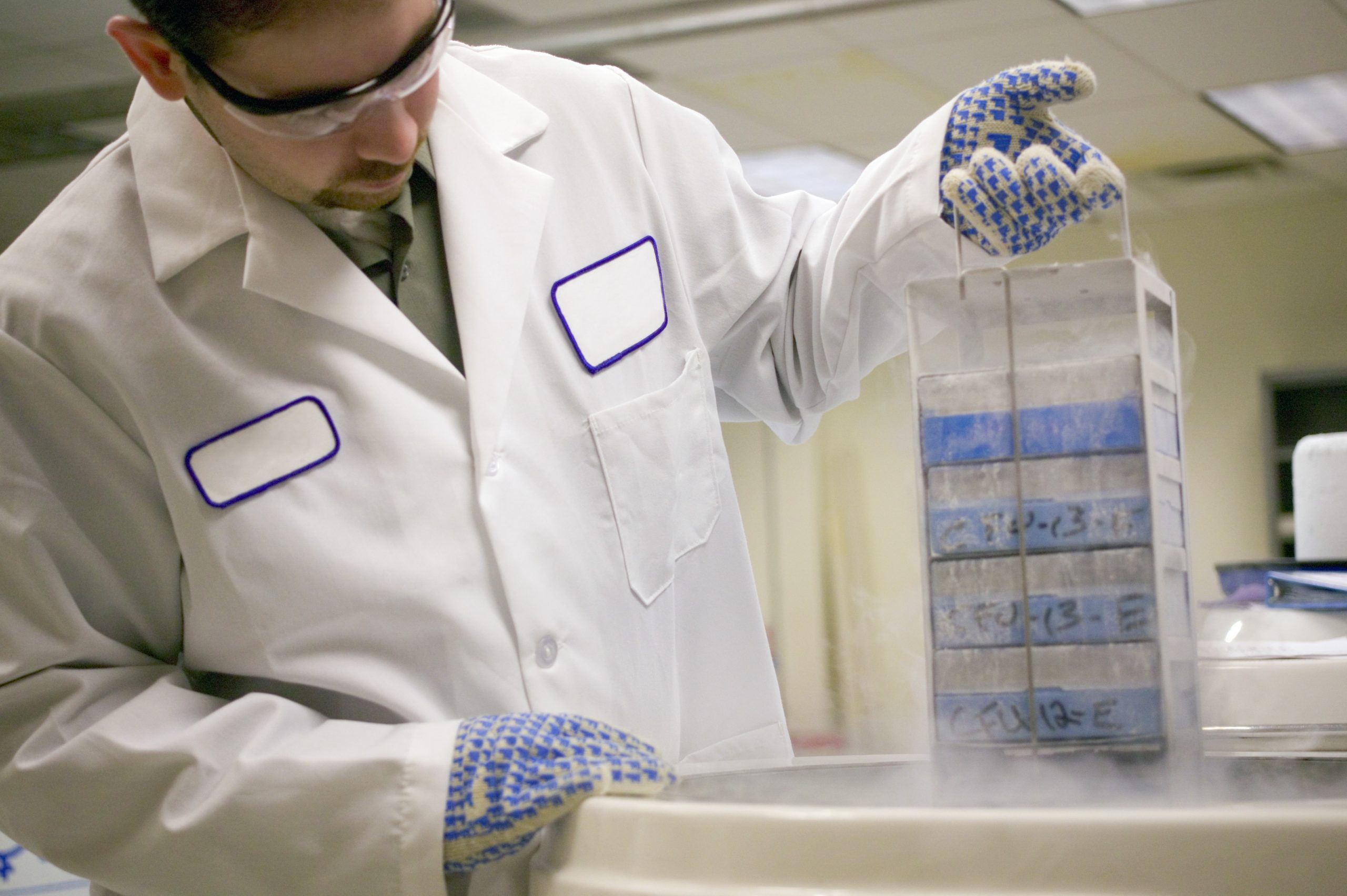A report recently released by Piedmont Columbus Regional outlined a number of health concerns in Muscogee County, including a higher than average rate of sexually transmitted diseases locally than across the state.
The numbers are stark: Muscogee County has 255 more cases of Chlamydia per 100,000 people than the Georgia average, along with elevated rates of Gonorrhea and HIV/AIDS.
Why? That’s a difficult question to answer, although a variety of data and studies give researchers a grasp of potential factors.
Incarceration rates, military bases and the number of residents without health insurance all play a role in increased STD rates, studies and health experts suggest.
Incarceration rates
In Columbus, Gonorrhea cases were higher than the state average by just over 91 cases — 291.7 positive cases per 100,000 people in the county.
A study published in the American Journal of Public Health in 2020 indicates that increased Chlamydia and Gonorrhea infection rates are related to higher incarceration rates.
According to data released by the Georgia Department of Corrections, Muscogee County had 1,042 active inmates on Nov. 1. Only six out of Georgia’s 159 counties had more active inmates.
According to the CDC, risk behaviors for acquiring STDs are common among incarcerated populations for a variety of reasons, including a lack of access to medical care and insufficient economic support.
Military bases
Dr. Rebecca Reamy of Piedmont Regional said Muscogee County’s proximity to a military installation could also contribute to the higher rates of STDs.
Multiple studies have shown high rates of STDs among service members, both men and women. One study indicated this could be due to factors such as stress, binge drinking, infrequent condom use, multiple sexual partners and mental health issues.
A 2016 study supported by the Department of Defense and funded in part by the National Institutes of Health noted that there is a higher likelihood of recruits entering military service with sexually transmitted infections (STIs) due to factors that include average age, education level and area of residence.
Other factors
Other factors include the number of uninsured people and the percentage of the local community living in poverty.
According to a Public Health Report from 2015, uninsured and underinsured people are one of the main populations who utilize publicly funded STD prevention programs. Piedmont’s report noted that 13.26% of the Muscogee County population was uninsured in 2019.
Reamy said people who are uninsured are less likely to seek medical treatment in general, due to out-of-pocket healthcare costs.
According to the CDC, another factor that contributes to higher STD rates is the percentage of the population living in poverty. The Piedmont report showed that in 2020 29% of Black/African Americans, 24% of Hispanic/Latino and 12% of white people in Muscogee County were living at or below the poverty line.
Keep in mind
Reamy also said one problem is the retransmission rates among partners when both partners don’t get cured after catching an STD, which causes the uncured partner to reinfect the cured partner.
STD transmission rates can be lowered by following these steps outlined by the CDC:
Wear a condom correctly every time you have sex
Limit sexual partners and discuss exclusivity with your partner
Get vaccinated against HPV
Have discussions about STDs with partners
Get tested
Discovered on: 2022-12-12 19:17:34
Source: Muscogee County has high STD rates. Here’s why



